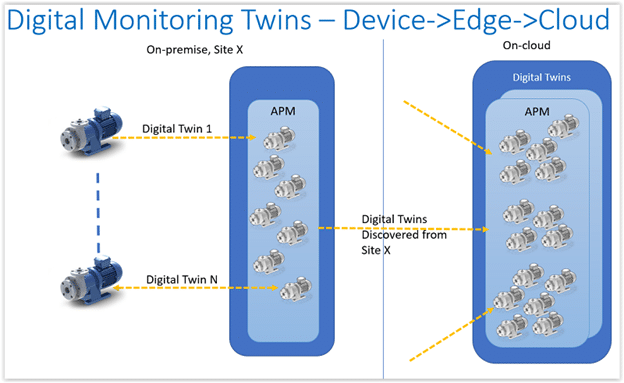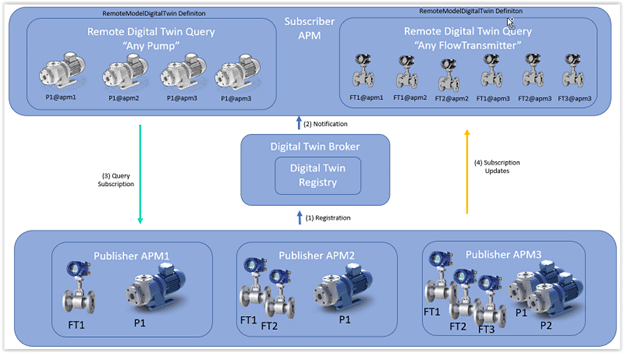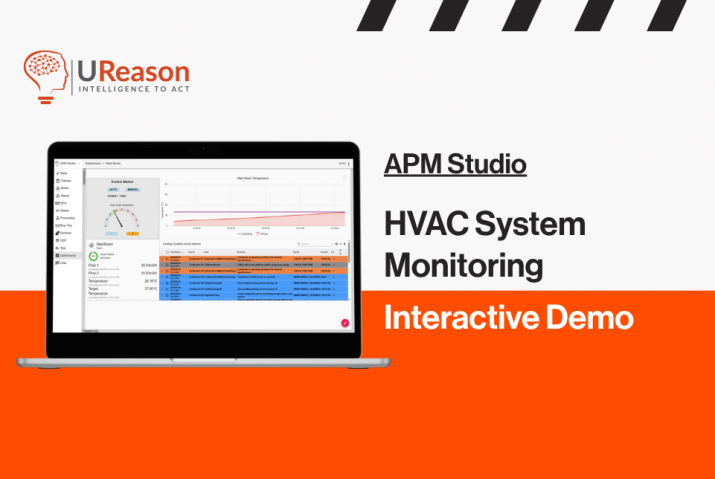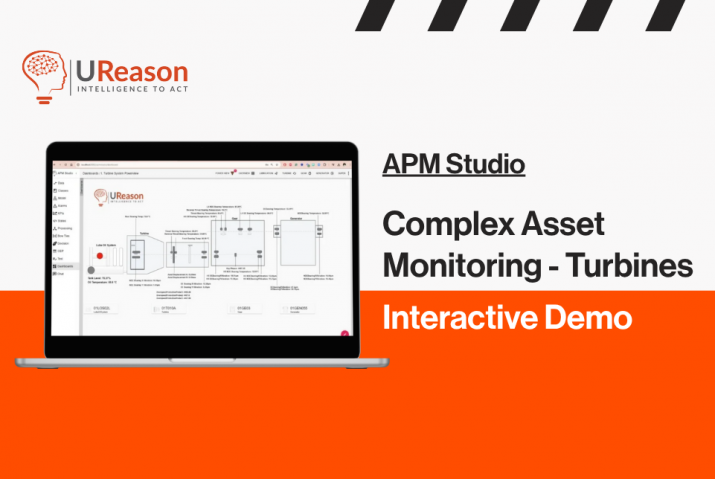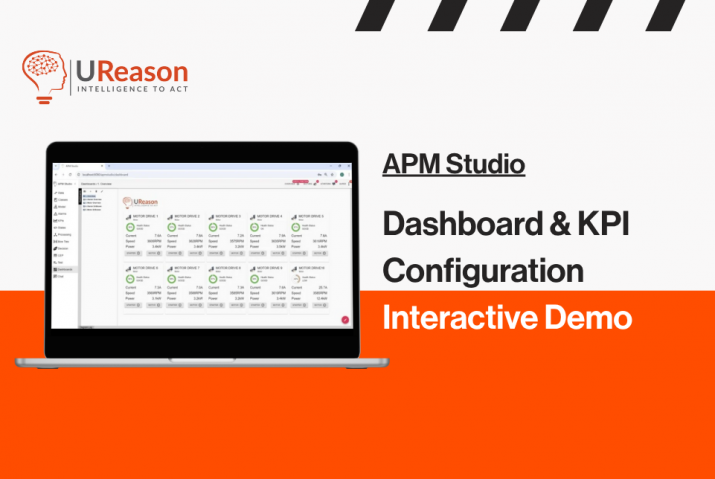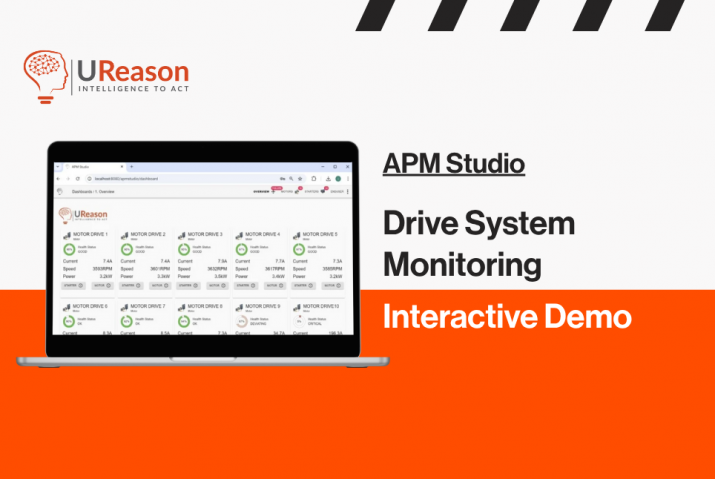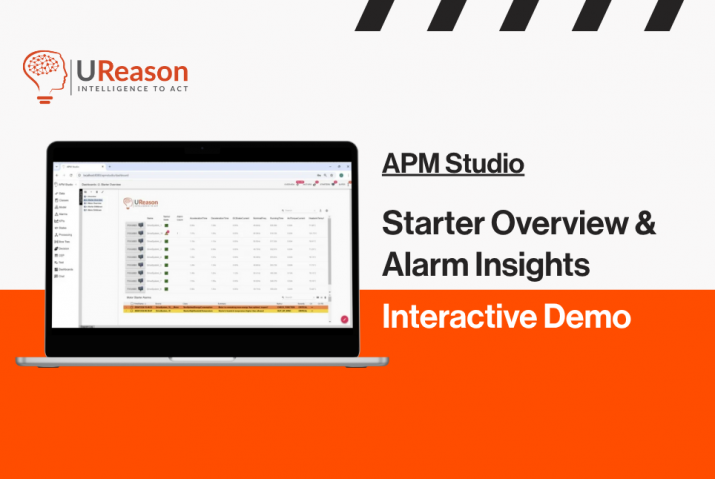The Digital Twin feature embedded in APM is designed to enable the discovery and remote monitoring of physical site assets and provide access through cloud solutions or direct access via interfaces such as REST or the OI4 Open Edge Computing guideline.
Remote Digital Twins are, as the name suggests, virtual replicas of the physical assets which allow you to access the values of properties in real-time as if the physical asset was a local instance. This gives the flexibility to choose where to perform diagnostics, calculate KPIs, represent state transitions etc., either on the local asset connected to the equipment or on the digital twin running elsewhere.
The below image is an example of a Digital Twin cloud architecture where remote APMs have discovered Digital Twin assets on APMs on-site and have (automatically) created remote instances of these assets:
The APM Digital Twin architecture consists of the following types of components:
- Publisher APM, typically an APM instance running on-site that contains instances of physical assets and receives plant data in real-time. These device APMs may also perform data processing and diagnostics locally.
- Subscriber APM that subscribes to registered Publisher APMs to receive Digital Twin updates.
- Digital Twin Broker that enables Publisher APMs to register with a remote Digital Twin Registry.
- Digital Twin Registry that collects information about registered Publisher APMs.
The above image is a simplified architecture diagram of the different components. While a detailed understanding of the exchanges between these components is not required, it is necessary to understand the concepts, terms and general architecture in order to successfully configure a Digital Twin solution.
In the above image, the role of the “Subscriber” APM at the top is to monitor certain site assets. The Publisher APM registers to the Digital Twin Registry via the Broker (1). The Broker could be a REST Server or an MQTT Broker. The Subscriber APM is notified of the registration (2) and subscribes to the registered Publisher APM. It queries the Publisher APMs to create Digital Twins of each remote instance discovered (3). The Subscriber APM receives live updates to the Digital Twin instances (4).
Using the Digital Twin feature of APM, organizations can remotely monitor and control their devices from anywhere in the world. This capability is particularly valuable for managing distributed assets, reducing the need for on-site inspections, and responding quickly to changes or anomalies. For OEMs, the Digital Twins feature of APM facilitates better product lifecycle management by capturing data throughout the entire lifecycle of a device. Sharing of this data, by the asset owner to OEM, does require collaboration. For a basis of this see the work done by International Data Spaces. The shared information can be used to improve future iterations of the OEM’s product, enhance design processes, and meet evolving customer needs.
Up Next: APM/APM Studio – Swagger API (Coming soon)
APM Software E-book
Download our e-book to learn what UReason can do for you and discover the unique functionalities of our next-gen APM software.
